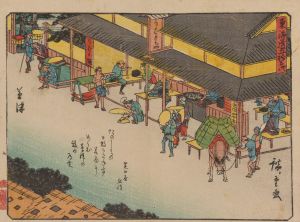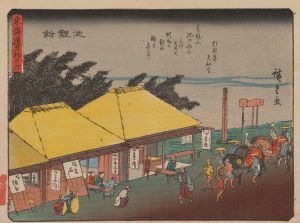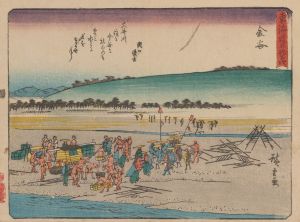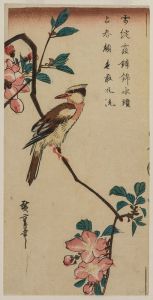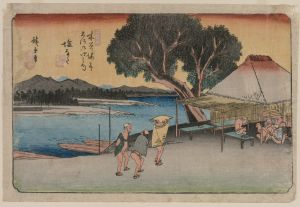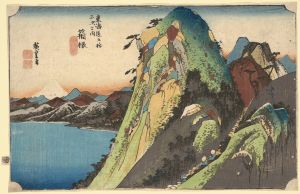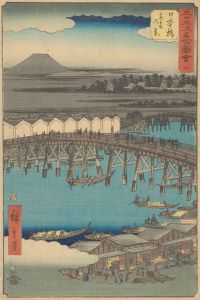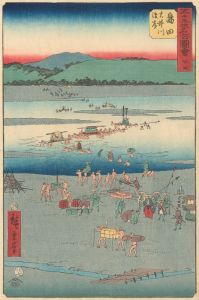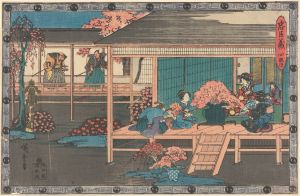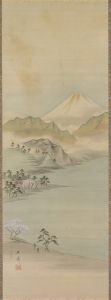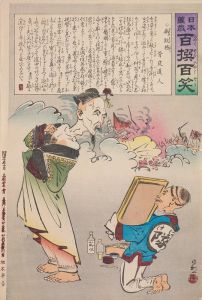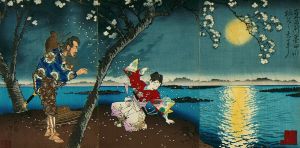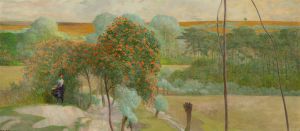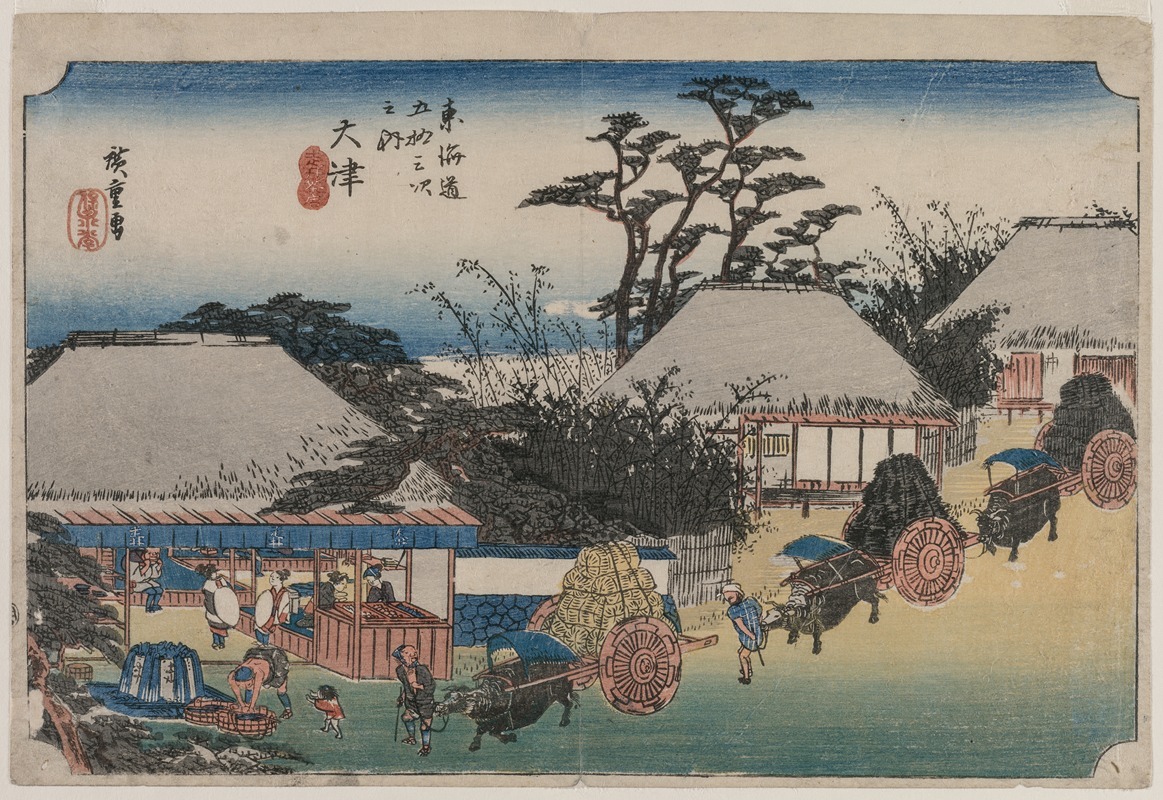
The Fifty-Three Stations of the Tokaido: Otsu
A hand-painted replica of Andō Hiroshige’s masterpiece The Fifty-Three Stations of the Tokaido: Otsu, meticulously crafted by professional artists to capture the true essence of the original. Each piece is created with museum-quality canvas and rare mineral pigments, carefully painted by experienced artists with delicate brushstrokes and rich, layered colors to perfectly recreate the texture of the original artwork. Unlike machine-printed reproductions, this hand-painted version brings the painting to life, infused with the artist’s emotions and skill in every stroke. Whether for personal collection or home decoration, it instantly elevates the artistic atmosphere of any space.
"The Fifty-Three Stations of the Tokaido: Otsu" is a woodblock print by the renowned Japanese ukiyo-e artist Andō Hiroshige. This artwork is part of Hiroshige's famous series "The Fifty-Three Stations of the Tokaido," which depicts the scenic views and cultural landmarks along the Tokaido road, the most important of the Five Routes of the Edo period in Japan. The Tokaido connected Edo (modern-day Tokyo) with Kyoto, and the series was created following Hiroshige's own journey along this road in 1832.
Hiroshige's series consists of 55 prints, including the starting point at Nihonbashi in Edo, the 53 stations along the route, and the terminus at Kyoto. The Otsu print is the last of the 53 stations before reaching Kyoto. Otsu was historically significant as a bustling post town and a strategic location near Lake Biwa, Japan's largest freshwater lake. It was also the site of the famous temple, Mii-dera, and the nearby Ishiyama-dera, both of which attracted pilgrims and travelers.
In "The Fifty-Three Stations of the Tokaido: Otsu," Hiroshige captures the essence of this vibrant town. The print typically features travelers and local inhabitants engaged in daily activities, set against the backdrop of the town's architecture and natural scenery. Hiroshige's use of color, perspective, and composition in this print exemplifies his ability to convey both the beauty and the atmosphere of the location. The print reflects the ukiyo-e style's emphasis on capturing fleeting moments and the transient beauty of the world.
Hiroshige's Tokaido series was published by Hoeido and Senkakudo in the early 1830s and quickly gained popularity for its innovative approach to landscape art. The series played a significant role in popularizing the genre of landscape prints within the ukiyo-e tradition, which had previously focused more on portraits of courtesans and actors. Hiroshige's work influenced not only Japanese art but also Western artists, particularly the Impressionists, who admired his use of perspective and color.
The Otsu print, like others in the series, was created using the traditional Japanese woodblock printing technique. This involved carving the image into a wooden block, applying ink, and pressing paper onto the block to create the print. Each color required a separate block, and the process demanded precision and skill from both the artist and the craftsmen involved.
Hiroshige's depiction of Otsu captures the lively atmosphere of a town that served as a crucial junction for travelers and merchants. The print is a testament to Hiroshige's keen observation and his ability to convey the spirit of a place through his art. Today, "The Fifty-Three Stations of the Tokaido" series, including the Otsu print, is celebrated as a masterpiece of Japanese art and continues to be studied and admired for its artistic and historical significance.





